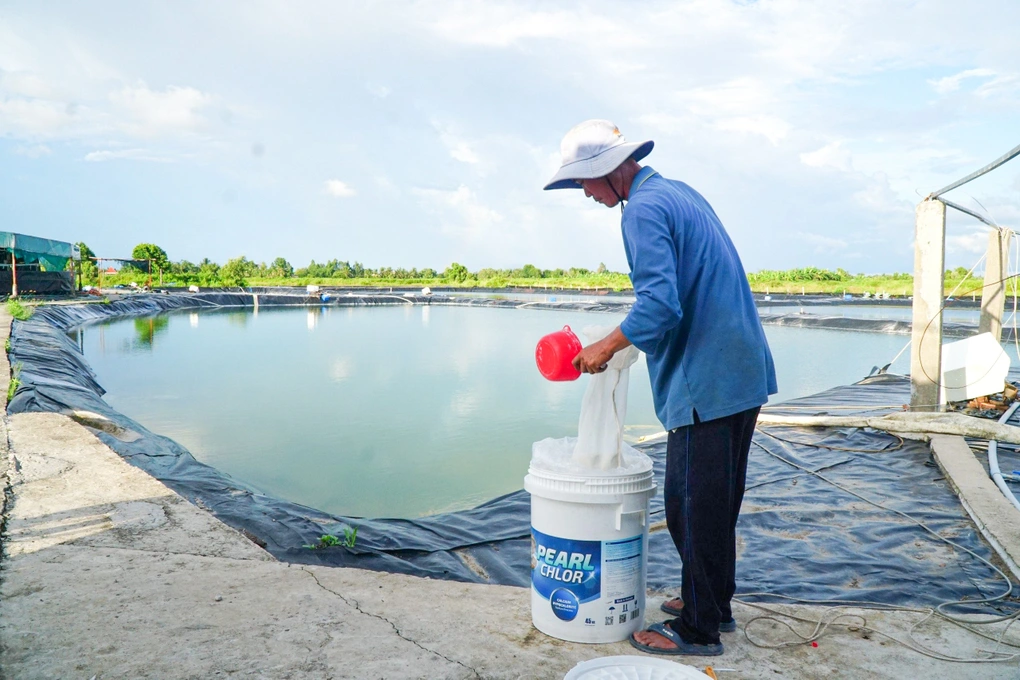In order to maintain shrimp health and productivity, proper water quality control is necessary. Utilizing calcium hypochlorite, a potent disinfectant and disease-preventive agent, is one of the most efficient methods to maintain ideal water quality. In this post, we'll examine what calcium hypochlorite is, how it may be used safely, efficiently, and for shrimp farming, as well as its effects on the environment.
Introduce
Globally, shrimp farming is a major source of seafood and is a booming industry. However, maintaining a healthy and disease-free environment for shrimp to develop and prosper is essential to the success of shrimp farms. In shrimp farming, water quality is crucial since it has a direct impact on the health and productivity of the animals. Calcium hypochlorite, a substance frequently used as a disinfectant, might be crucial in preserving the ideal water quality for shrimp aquaculture.
What exactly is calcium hypochlorite?
Chemical formula for calcium hypochlorite serves as the active component of Ca(OCl)2, a white solid. It is widely utilized as a disinfectant in many different industries, including aquaculture and agriculture. Calcium hypochlorite dissolves in water to release hypochlorous acid, a potent oxidizing agent that efficiently kills bacteria, viruses, and other dangerous microbes.
.jpg)
Calcium hypochlorite advantages
Cleanse the water
The capacity of calcium hypochlorite to sterilize water is one of the key advantages of using it in shrimp farming. It reduces the likelihood of disease outbreaks in shrimp populations by successfully removing pathogens and hazardous microbes that are present in the water. Shrimp populations are healthier and stronger because clean water reduces the spread of infections.

Preventing disease
Use of calcium hypochlorite as a defense against several illnesses affecting shrimp. It lessens the likelihood that harmful organisms may thrive and spread within the shrimp farm by maintaining a sanitary environment. With this preemptive strategy, the likelihood of disease outbreaks, which can have catastrophic repercussions for the whole shrimp industry and farm income, is significantly reduced.
Important notes when using Calcium hypochlorite in shrimp farming
- The optimum pH of water using Calcium hypochlorite is less than 7.5. If the pH is higher, people can use more acetic acid (acetic acid) to lower the pH of the water.
- The time to use Calcium hypochlorite is in the cool of the evening, avoiding sunlight to affect the active ingredient.
- It is recommended to use a tarpaulin on the bottom of the pond to avoid contamination of the soil, causing the soil to become discolored
- The appropriate concentration of calcium hypochlorite in shrimp ponds is 30ppm.
- Do not use together with other insecticides such as bkc…
- Because Calcium hypochlorite has a violent killing effect, a broad spectrum of activity, it will destroy both beneficial and harmful microorganisms, so it is necessary to replenish microorganisms after use.
- When the pond bottom accumulates too much organic matter or organic pond water, Calcium hypochlorite should not be used because the organic matter reacts with Calcium hypochlorite to produce toxic substances.
- After using Calcium hypochlorite, it takes time to neutralize the residual chlorine in the pond.